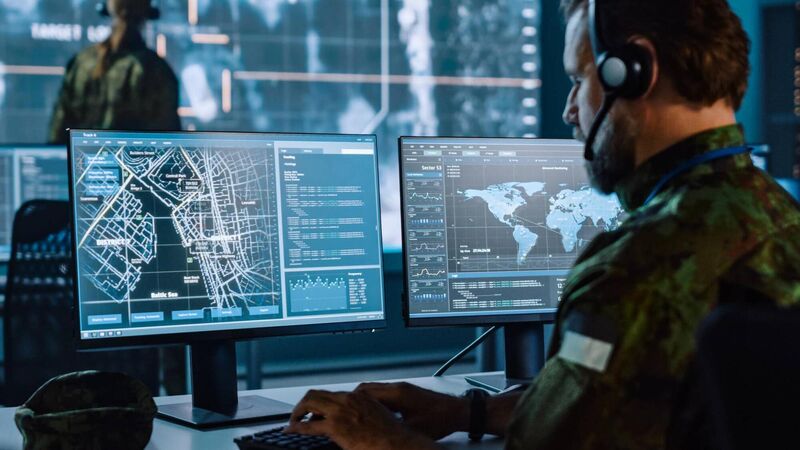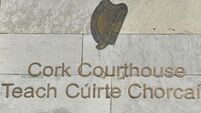Ireland could get help facing hybrid threats as part of European centre

A webinar heard that Ireland faces the same threats as the current members of the European hybrid threats centre. Stock picture
The European Centre of Excellence for Countering Hybrid Threats currently has 31 members, comprising EU and Nato members. It will get its 32nd member on Wednesday, when Malta joins.
Foreign Minister Simon Coveney has signalled Ireland’s intention to join and he is currently drafting a memo for Government.
Ireland and Malta are both EU states and are militarily neutral, and they will join another neutral state, Austria, in the network.
Hybrid threats can include disinformation campaigns aimed at interfering in democratic institutions in a country, the deployment of economic pressures, such as energy supply restrictions, and cyberattacks targeting critical infrastructure.
Speaking at a webinar organised by the Institute of International and European Affairs, Teija Tiilikainen, the director of the centre, said Ireland will benefit from an “enormous network”, where work is being done on hybrid threats every day.

“We are addressing the whole range of hybrid threats,” Ms Tiilikainen said.
“There is a lot of expertise, a lot of networks, and we provide a full programme of training and exercises. We provide all the material to our participating states.”
She said Ireland faces the same dangers as other Western states.
“Ireland, as a modern technological dependent society, shares the same threats, vulnerabilities as all the others.”
For example, she said Ireland has an open media, which is vulnerable to interference with the aim of “steering public debate, political debate and Irish decision making”.
Other threats target economic dependencies, including energy supplies.
Her comments echo warnings made by the Government’s top security adviser at a conference in University of Galway last Friday.
National Security Analysis Centre director Dermot Woods said there has been a rise in cyber and hybrid threats. He said there is an “increasing threat” from foreign interference and espionage — traditional and cyber — as well as disinformation, attacks on democratic systems, and economic interference.








